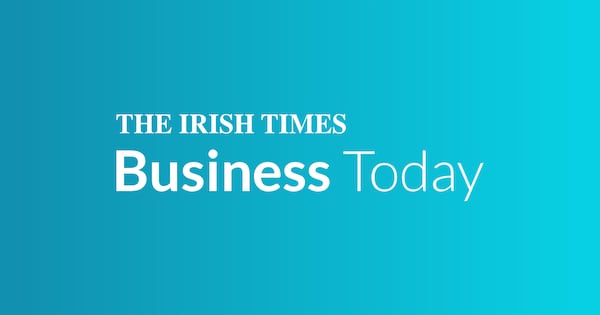House prices in the Republic grew at an average annual rate of 7.8 per cent in June, keeping the pressure on would-be buyers.
The headline rate was unchanged from the previous month and down from over 10 per cent last year.
The Central Statistics Office’s (CSO) latest barometer indicated prices in Dublin, where supply pressures are strongest, rose at an annual rate of 6.6 per cent in June while prices outside the capital were up by 8.8 per cent year-on-year.
The median or middle price paid for a home in the 12 months to June was €370,000, a steep multiple of average incomes.
READ MORE
The figures indicated the highest median price for a dwelling was €675,000 in Dún Laoghaire-Rathdown, while the lowest was €190,000 in Leitrim.
The CSO’s Residential Property Price Index is based on actual sales filed with Revenue rather than asking prices and is therefore the most reliable barometer of price trends.
The agency noted that there were 4,029 dwelling purchases made by households at market prices in June, an increase of 13.1 per cent on the same month last year.
[ Few ‘quick wins’ available on housing, says Ires Reit chiefOpens in new window ]
Property prices nationally have increased by 166.9 per cent from their trough in early 2013 in the wake of the financial crisis while Dublin prices have risen by 162 per cent from their February 2012 low.
Prices here are being fuelled by combination of supply shortages, Government incentives to buy and expectations of further interest rate cuts from the European Central Bank.
The central bank paused its year-long policy easing cycle in July but there are expectations of at least one more rate cut in 2025.

‘I don’t think the Department of Finance have any respect for the tourism industry’
The CSO figures showed that just 937 of the 4,029 homes bought in June were new builds.
“That points to the size of the problem, leading many commentators to believe that the Government target of reaching 41,000 new homes this year will not be met,” said Genevieve McGuirk, the chief executive of Ipav, the Institute of Professional Auctioneers and Valuers.
She said the “eagerly anticipated” new housing plan from Government, must deliver in a way that no previous initiative has.
Goodbody economist Dermot O’Leary highlighted the difference in inflation between new homes and second-hand ones.
[ Irish house prices up by 51% since 2020, Geowox data showsOpens in new window ]
In the second quarter, second-hand home prices grew by 8.8 per cent year on year, while new home prices grew by 4.2 per cent.
“Price inflation trends overall are heavily influenced by the second-hand market due to the share of total transactions,” Mr O’Leary said.
Chair of Irish Mortage Advisors Trevor Grant said: “The continued uptick in the rate of annual house price inflation will be a disappointment for would-be house buyers as it means houses are becoming more unaffordable for many of them, turning their hopes of home ownership into a pipe dream,”
“Ultimately, the biggest driver of Irish house price inflation is the shortage of homes coupled with the pent-up demand for housing and an expanding population,” he added.
“The recent 35 per cent increase in housing completions is encouraging, but housing completions are still nowhere near where they need to be,” Mr Grant said.














